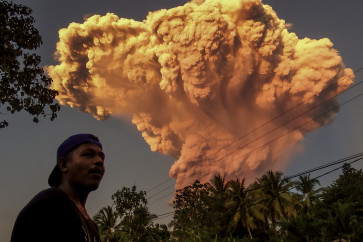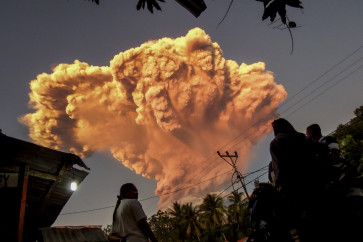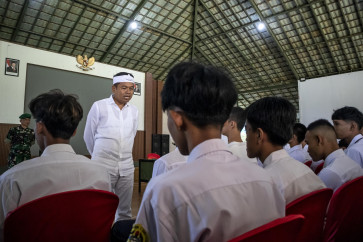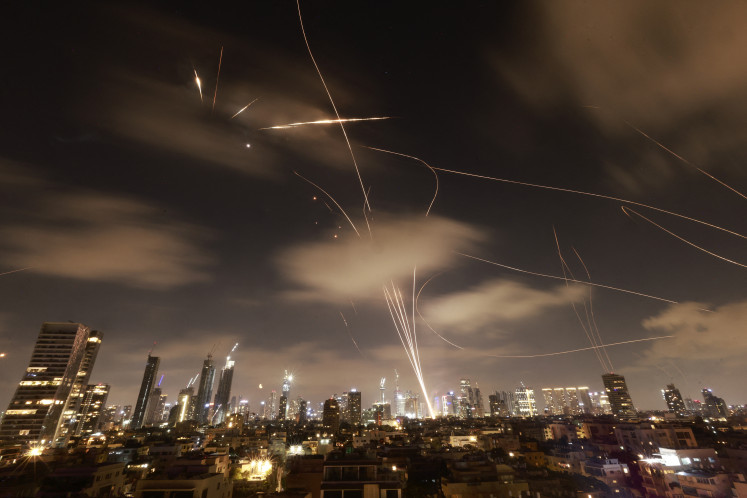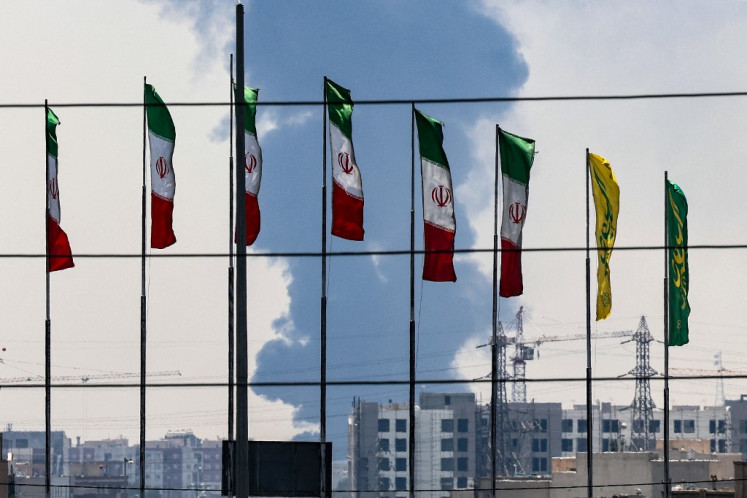Popular Reads
Top Results
Can't find what you're looking for?
View all search resultsPopular Reads
Top Results
Can't find what you're looking for?
View all search resultsThe Neka Art Museum: A continuing center of Balinese art
Ubud has over the years acquired a reputation as an art mecca
Change text size
Gift Premium Articles
to Anyone

U
bud has over the years acquired a reputation as an art mecca. In years gone by it might have been thought of as an "artists' village" but today it is more of a township as people have increasingly seen Ubud as a place to live. Some believe the extent of this influx is jeopardizing Ubud.
Ubud is the place to be seen - for artists - and a "happening" place. The "village" that once was, might then be seen as getting spoilt these days, but there are still gems to be found within Ubud, and one such gem is undoubtedly the Neka Art Museum.
The cool and trendy crowd may frown upon the thought of going to a museum. Ubud's Neka Museum does seem rather quiet, although it houses an excellent collection of artworks by Balinese artists and overseas artists that have been inspired by the island.
Entering the museum, the first gallery area, the Balinese Painting Hall, comprises traditional Balinese paintings of such complexity and detail that the patience and skills of the artists have to be wondered at. There are typically landscape scenes often with an intensity of figures occupying the scene and the canvas. Although these are remarkable works of art, their intensity can feel a little overwhelming.
Moving on to the next building within the complex, which is home to the Balinese Contemporary Art, anything goes, from detailed realism of rural scenes to abstract art open to wide interpretation.
Significantly adding to the ambience and quality of these spaces are some superbly executed bronzes and woodcarvings peppered around the various buildings. The work of I Wayan Pasti, of Gianyar, Bali, in wood shows a subtlety and appreciation for the carving material that is a joy to witness. Similarly, a bronze by I Pande Ketut Taman, of Ubud, of a hand with human figures on the end of each finger pleasingly combines some sense of philosophy with humor.
Paintings and sculptures combine well then in this space but in the next space photography comes to the fore. In this smaller gallery, photographs of Bali are displayed providing both an artistic and historical record exhibit. Particularly outstanding are photographs taken in Bali some 70 years ago, hinting at what Bali used to be like.
More contemporary art lies ahead, categorized as Indonesian Contemporary Art, from Chinese Indonesian's works to the work of Sundanese artists. Outstanding though is the presence of the Indonesian master Affandi.
It is clear then that as we progress through the galleries of Neka, the perspective is being broaden from purely Balinese artists, to Indonesians and now to international artists. In this East-West Art Annex is the work of artists from many nations, but all are inspired by the island and its people and culture. Artists from Europe, America, Australia, China and other Southeast Asian countries appear here.
Outstanding here though is the work of the Dutch artist Johan Rudolf Bonnet. The subtlety and precision of his work makes for works of art that are both decorative and watchable. There is life in his images and the muted and mellow colors in his work create pictures that are restful and relaxing.
Adding to the restfulness and relaxation to be found within the Neka Art Museum is a pavilion within a courtyard in the museum grounds. This pavilion also houses works of art including a large statue of Ganesha.
Also within the pavilion are a number of traditional instruments and from time to time staff from the museum will gently caress the gongs and gamelans so that soft Balinese sounds waft on a breeze through the galleries. This seems to symbolize something about the Neka Art Museum as a whole - it is a very friendly and welcoming place.
The Neka Art Museum was established by Suteja Neka, a former schoolteacher, in the mid-1970s. Today it is an established and respected center for Balinese art. It is often referred to as "the heart of art in Bali". As such it is a heart that beats softly but a heart that beats healthily.

